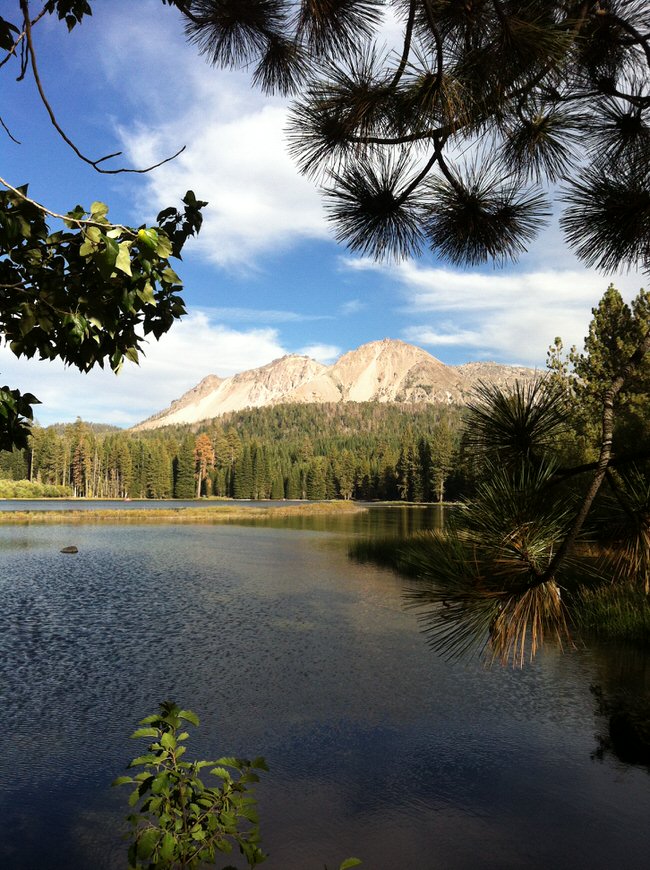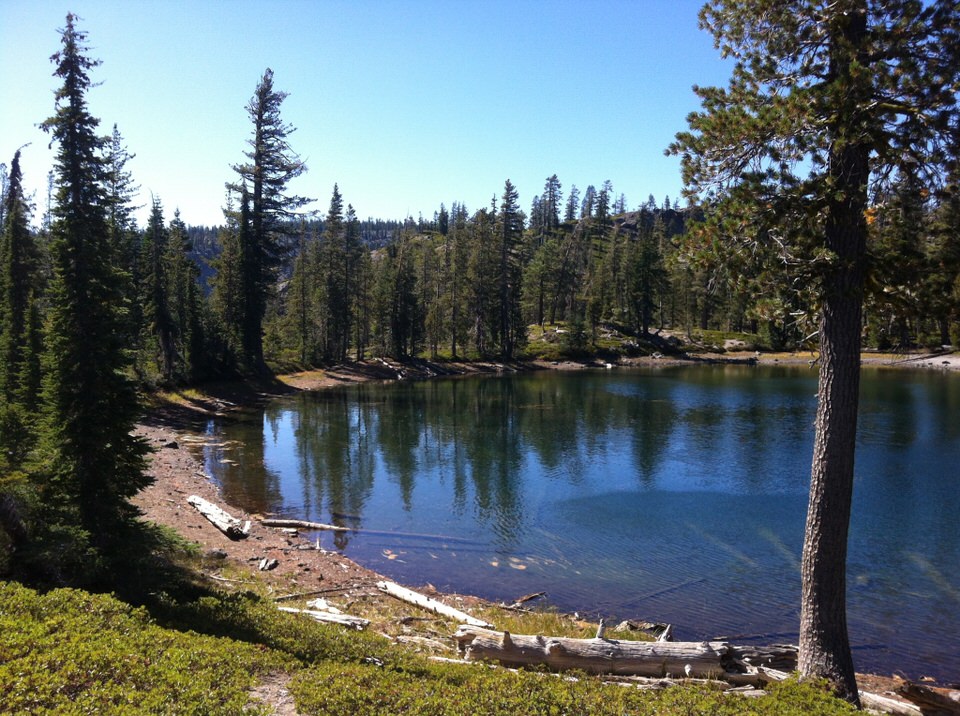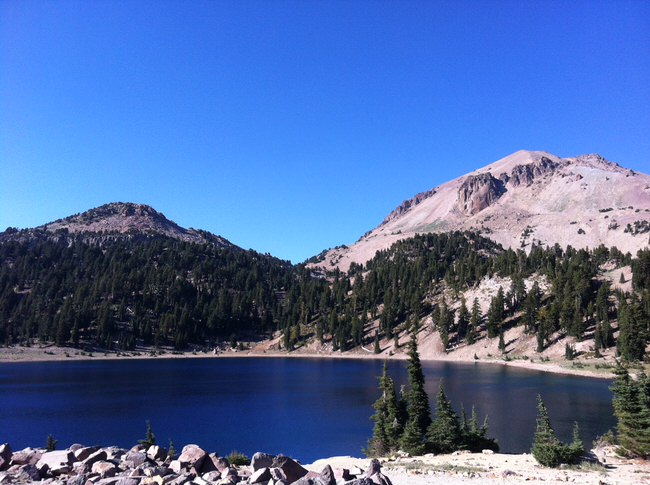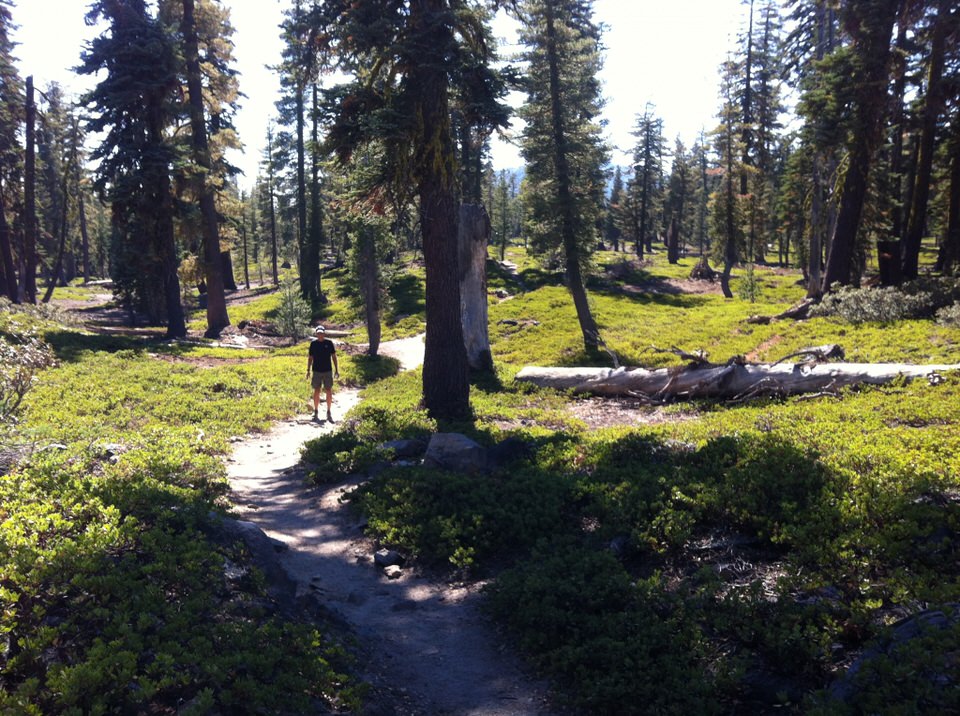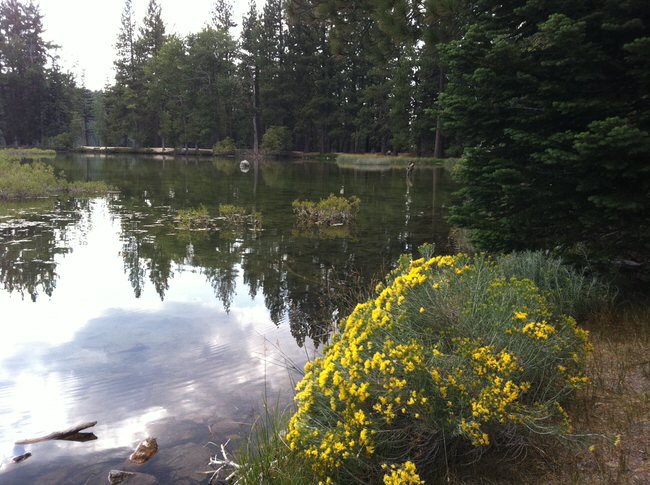
Lassen Volcanic National Park
Lassen Volcanic National Park, Lassen Volcanic became a national park in 1916 because of its significance as an active volcanic landscape. Lassen Peak began erupting in 1914, had the most significant activity in 1915, and had minor activity until 1921. All four types of volcanoes in the world are found in Lassen’s 106,000 acres.
In May 1914 Lassen Peak burst into eruption, beginning a seven-year cycle of sporadic volcanic outbursts. The climax of this episode took place in 1915, when the peak blew an enormous mushroom cloud some seven miles into the stratosphere. The reawakening of this volcano, which began as a vent on a larger extinct volcano known as Tehama, profoundly altered the surrounding landscape.
The area was made a National Park in 1916 because of its significance as an active volcanic landscape. The park is a compact laboratory of volcanic phenomena and associated thermal features (except true geysers). It is part of a vast geographic unit – a great lava plateau with isolated volcanic peaks – that also encompasses Lava Beds National Monument, California, and Crater Lake National Park, Oregon.
Before the 1980 eruption of Mount Saint Helens in Washington, Lassen Peak was the most recent volcanic outburst in the contiguous 48 states. The peak is the southernmost volcano in the Cascade Range, which extends from here into Canada. The western part of the park features great lava pinnacles (huge mountains created by lava flows), jagged craters, and steaming sulfur vents. It is cut by spectacular glaciated canyons and is dotted and threaded by lakes and rushing clear streams. Snowbanks persist year-round and beautiful meadows are spread with wildflowers in spring. The eastern part of the park is a vast lava plateau more than one mile above sea level. Here are found small cinder cones (Fairfield Peak, Hat Mountain, and Crater Butte). Forested with pine and fir, this area is studded with small lakes, but it boasts few streams. Warner Valley, marking the southern edge of the Lassen Plateau, features hot spring areas (Boiling Springs Lake, Devils Kitchen, and Terminal Geyser). This forested, steep valley also has gorgeous large meadows.
The 1980 eruption of Mount Saint Helens reduced Lassen’s superlative status, but it increased the park’s significance as an over 70-year laboratory of possible recovery patterns for Mount Saint Helens. The Devastated Area evidences the combined mud flow and gas blast destruction typical of many volcanic eruptions in the Cascades. The Chaos Jumbles area looks similarly destroyed, but for a different reason. An air-cushioned avalanche – one that fell so rapidly en masse that it trapped and compressed air beneath itself – crashed down the Chaos Crags about 300 years ago. The air acted as a lubricant, enabling the avalanche to rush across the valley at more than 100 miles per hour. It pushed 400 feet up the side of Table Mountain, before losing its momentum and surging back down across Manzanita Creek.
Lassen geothermal area – Sulphur Works, Bumpass Hell (largest), Little Hot Springs Valley, Boiling Springs Lake, Devils Kitchen, and Terminal Geyser – offer bubbling mud pots, steaming fumaroles, and boiling water. Some of these thermal features are getting hotter. Scientists think that Lassen Park and Mount Shasta are the most likely candidates in the Cascades to join Mount Saint Helens as active volcanoes.
Lassen Peak is but one of the active, dormant, or extinct volcanoes that extend around the Pacific Ocean in a great “Ring of Fire”. This zone of volcanoes and earthquakes marks the edges of plates that form the Earth’s crust. Volcanic and seismic disturbances occur as these great slabs override or grind past each other.
The theory of Plate Tectonics holds that as the expanding oceanic crust is thrust beneath the continental plate margins, it penetrates deep enough into the Earth to be partly remelted. Pockets of molten rock (magma) result. These become the feeding chambers for volcanoes.
Ancestral Mount Tehama
About 600,000 years ago a great Pacific Ring of Fire stratovolcano (Mount Tehama) gradually built up here through countless eruptions. Before Lassen Peak was emplaced, Mount Tehama had collapsed, but its caldera was breached and no lake developed as did Crater Lake in Oregon. Mount Tehama’s main vent was probably what is now the park’s Sulphur Works. Remnants of its caldera flanks are Brokeoff Mountain, Mount Diller, Pilot Pinnacle, and Mount Conard. Connect these peaks in a circle to envision Mount Tehama’s base – more than 11 miles wide.
Lassen Peak
Lassen Peak began as a volcanic vent on Mount Tehama’s northern flank. Considered the world’s largest plug dome volcano, it rises 2,000 feet to an elevation of 10,457 feet. The park’s lava came from many vents. Recent geological evidence indicates that Cinder Cone, also a volcano, erupted in the 18th century.
The Park Road is CLOSED fin the Winter Season.
Plowing usually begins on the Park Road in early April; the road usually opens by mid-June.
Due to accumulations of snow and ice, the Park Road usually becomes unsafe for driving in the late fall. The road usually closes for the season in late October.

